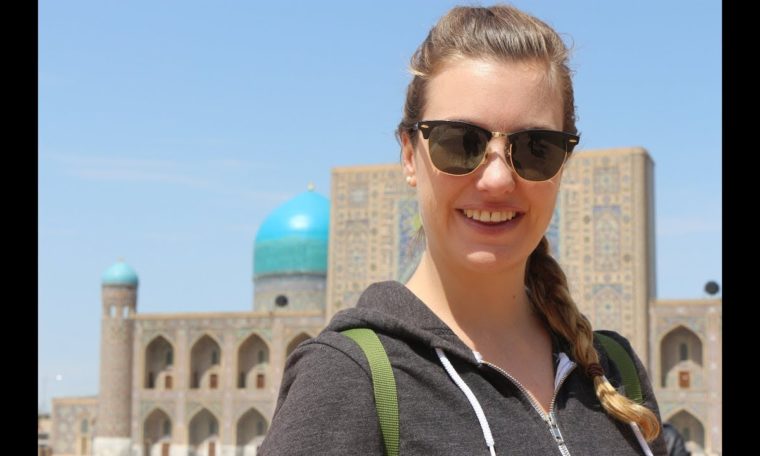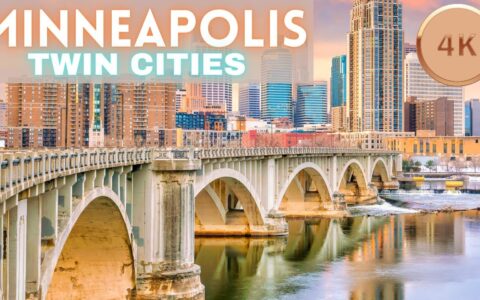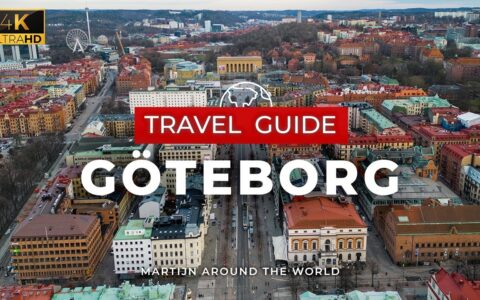
Turkmenistan & Uzbekistan Travel Guide
Travel Videos (Subscribe Now) 🔔
Turkmenistan is a country in South-Central Asia with a population of about 5 million, and an area around half a million square kilometres, or almost the size of Spain. Neighbouring countries are Iran and Afghanistan to the South, and Uzbekistan and Kazakhstan to the North. It has a coast on the Caspian Sea, but is otherwise landlocked. Nearly 80% of the country is considered part of the Karakum Desert.
The traditional life of the Turkmen is that of nomadic shepherds, though some have been settled in towns for centuries. The country is known for its fine carpets (one is even featured in its flag) and horses. Turkmenistan is a fairly poor and underdeveloped country, even though billions have been spent on modernization in Ashgabat, Turkmenbashi, and many other cities in post Soviet times. While there has been much construction in Ashgabat, most of the downtown high rises appear empty. And also, the country has extensive oil and gas reserves being developed, with recently opened pipelines to China, Iran, and soon Azerbaijan.
Uzbekistan is within the South-Central Asian Union and has borders with other member states of Afghanistan, Kazakhstan, Kyrgyzstan, Tajikistan and Turkmenistan. It is doubly landlocked, but includes the southern shoreline of the Aral Sea.
Religious buildings in Uzbekistan
============================
The Friday Mosque (Masjid-i Juma) is located in the town. It had a spacious courtyard with a surrounding gallery and a maqbara (screened-off enclosure) in the main axis. A typical example is the Kalan Mosque at Bukhara.
The Oratory Mosque (Namazgah) is situated outside of the town. Prayers at two important Muslim festivals were conducted in public. The worshippers gathered in an open space in front of the building where the minbar (imam’s pulpit) stood.
The Neighbourhood Mosque was smaller in size and consisted of a covered hall with the mihrab and an exterior gallery with columns. They were built from donations of the inhabitants of the neighbourhood and are often richly decorated. An example of this type is the Baland (Boland) Mosque at Bukhara.
The Madrasa is an institition for higher education of ulama (Islamic scholars). The madrasa has a courtyard with two or four aywand (arched portals) on the axes which were used as classrooms in the summer, a row of cells on one or two floors, darskhana (lecture rooms) in two or four corners and a mosque for daily prayer. The main facade has a high portal with two or four minaret-like towers at the corners of the building. Madrasas from the 16th and 17th cent. which have been preserved are Madar-Khan, Abdullah Khan, Kukaldash, Nadir Devan Begi and Abdul Aziz Khan at Bukhara, Sher-Dor and Tilla-Kari at Samarkand, Kukaldash and Baraq Khan in Tashkent, Said Ataliq at Denau and Mir Rajab Dotha at Kanibadam. Madrasas built in the 18th and 19th cent. include Narbuta Bi at Kokand, Qutlugh Murad Inaq, Khojamberdybii, Khoja Moharram, Musa Tura and Allah-Quli Khan in Khiva.
The Khanaqah was originally a guest house for travelling Sufis near the residence of their pir (spiritual masters). Under the Timurids they became meeting places of the followers of a Sufi order, attended by representatives of the ruling elite and often a zikr-khana (room for exposition and Sufi rites) was added. Examples of khanaqas from the 16th and 17th cent include Zaynuddin, Fayzabad, Bahaudin and Nadi Divan-Begi at Bukhara, Mulla Mir near Ramitan, Qasim Shaiykh at Karmana and Imam Bahra near Khatirchi.
Memorial buildings were erected in the 14th and 15th cent for Temur and his family, e.g. Gur-Amir and Shah-i Zinda at Samarkand and at Shakrizabs. In the 16th and 17th cent. fewer mausoleums were built. An example from this period is the Qafal Shashi Mausoleum in Tashkent. Monumental buildings were often erected near holy tombs. At Bukhara a monumental kanaqah was built near the founder of the Naqshbandi order, Bahauddein and at Char Bakr, the family necropolis of the powerful Juybari shaykhs. From the 16th cent. onwards mauseoleums for rulers were no longer built. The rulers were interred in madrasas, the Shaybanids of Samarkand in the Abu Said Mausoleum on the Registan, Ubaydullah Khan from Bukhara in the Mir-i Arab Madrasa and Abdul Aziz Khan in the Abdul Aziz Madrasa…(read more)
CHECK OUT MORE: Travel Guides
EXPLORE: Top Travel Destinations



